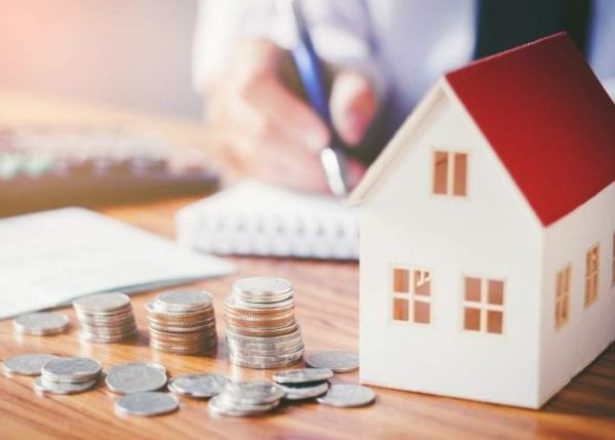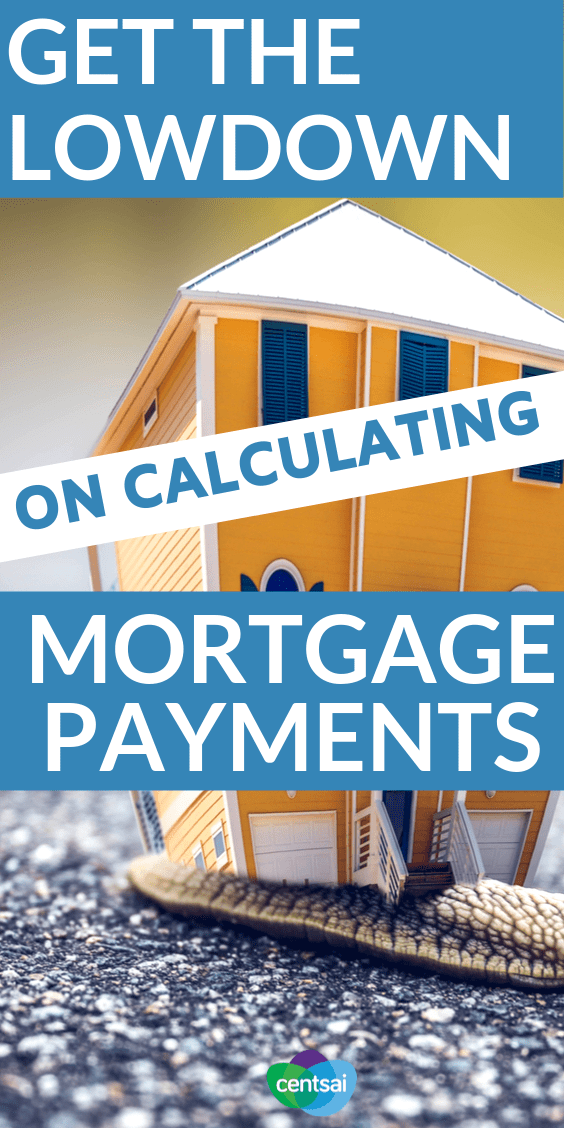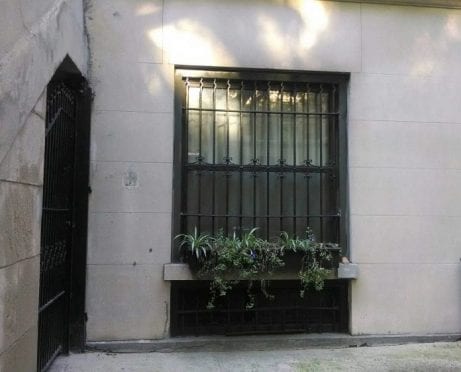
When my husband and I moved into our first home, we were excited. No more crabby landlords or broken plumbing that sat for weeks on end before the repairman could come fix it — it was our house, and ours alone.
We were still trying to figure out where the heck to put all of our dishes when the first mortgage statement arrived in the mail. I looked at it, and I realized that I hadn’t seen the breakdown of costs before we signed the mortgage papers. Eager to get the deal done at the time, I just smiled and nodded my head as we worked with the loan officer to secure our mortgage.
 When I saw that $546.05 of our monthly $1,098.21 payment went to covering interest on the loan, my mouth dropped.
When I saw that $546.05 of our monthly $1,098.21 payment went to covering interest on the loan, my mouth dropped.
How was this possible? I didn’t understand. I thought that if we paid our $1,098.21 mortgage, that’s how much our loan would be reduced by. Clearly, I should have paid more attention when going through the loan process.
Now I know a lot more about a process called amortization. Don’t let it catch you off guard, too. Here’s how it works.
How Your Mortgage Payment Is Split Up
Every time you make a mortgage payment, it’s split into three categories: principal (which goes toward paying off your loan); interest (which goes to the bank for the privilege of using their money); and escrow (a separate account that automatically pays taxes and insurance for you).
My first mortgage payment of $1,098.21 was split the same way: $251.47 went to the principal, $546.05 went to interest, and $300.69 went to escrow. This means my first interest payment was more than twice my principal payment!
How Each Percentage of a Mortgage Payment Is Calculated
It was terrifying to see so much money going toward interest and so little going toward paying off the mortgage on my house. There’s good news, though.
Over time, the percentage of money going toward paying off your loan goes up, while the percentage of money going toward interest payments goes down.
This is amortization. Let’s look at a simple example to see how it factors into calculating your mortgage payments.
What Does Amortization Look Like?
Say that you’ve already put a down payment toward a new house, and you need to take out a 30-year loan for $100,000 at an interest rate of 4.5 percent to pay for the rest. We’ll ignore the escrow amount and focus instead on how this amount is divvied up between principal and interest payments.
If you go by our example here, your monthly payment on your $100,000 loan will be $506.69.
Next, find out your monthly interest rate. Divide 4.5 percent by 12 to get your monthly interest rate of 0.375 percent. Then multiply the outstanding principal balance (how much you still owe on the loan) by the monthly interest rate to get your actual interest payment.
For this instance, you’d enter into a calculator: $100,000 × 0.00375 = $375. This will be your monthly interest payment.
Your principal payment is calculated next. It’s simply the difference between your monthly payment amount and the interest payment. So, $506.69 – $375 = $131.69. This is how much goes to pay off your mortgage. Now you owe $99,868.31. This process gets repeated over and over each month until the loan is completely paid off.
How Principal and Interest Payments Change
Now that you can see how a mortgage’s principal and interest payments are calculated, it’s easy to see how they change over the life of the loan. Because the interest payment is calculated based on how much you still owe, over time, you’ll pay less and less interest as the amount you still owe goes ever-so-slowly downward.
For a 30-year loan, this is what your payments will look like at the beginning, middle, and end:
| Payment | Monthly Payment | Interest Payment | Principal Payment |
| First | $506.69 | $375.00 | $131.69 |
| Middle (180th payment) | $506.69 | $248.38 | $258.31 |
| Last (360th payment) | $506.69 | $1.89 | $504.79 |
Don’t Let Amortization Catch You by Surprise
Amortization is a double-edged sword. You’ll owe the most interest right at the start of your mortgage, but as you pay it off, your monthly payments will shift so that you’re paying off more principal than interest.
This is why experts suggest staying in your home for a minimum of three to five years before you move again. Plus, you’ll likely still be reeling from the closing costs on your home, as well.
“For the first few years, you’ll be paying mostly interest, especially if you received a loan where the down payment is very small,” says Realtor Andrew Helling, editor of real estate resource website REthority. “Plus, closing costs on an average home can easily total $5,000 to $10,000; so I’d recommend waiting three to five years before selling.”
If you sell before that, you might not have paid off enough of the principal to cover even your closing costs. You could end up having to pay more than you’ve spent on your home in order to sell it.
The Bottom Line on How to Calculate Mortgage Payments
Check with your lender to see how much you can pay over and above the stated monthly payment. By doing so, you will reduce the principal balance more quickly, and skip some of the first few years of heavy-interest payments.
Also use online tools to understand the real cost before considering selling your home, especially if you’re doing so before paying off the entirety of your mortgage.
“Using a closing cost calculator can show you how much you will net from the sale,” Helling adds. “I’d recommend anyone interested in selling their home after buying it talks to an agent, as well, so they understand what they’re getting into.”
I know I will do that the next time I buy. I’ll pay less money to the bank (I don’t think those big bankers need any more money), and I’ll own my own home even sooner.
Additional reporting by Connor Beckett McInerney.











